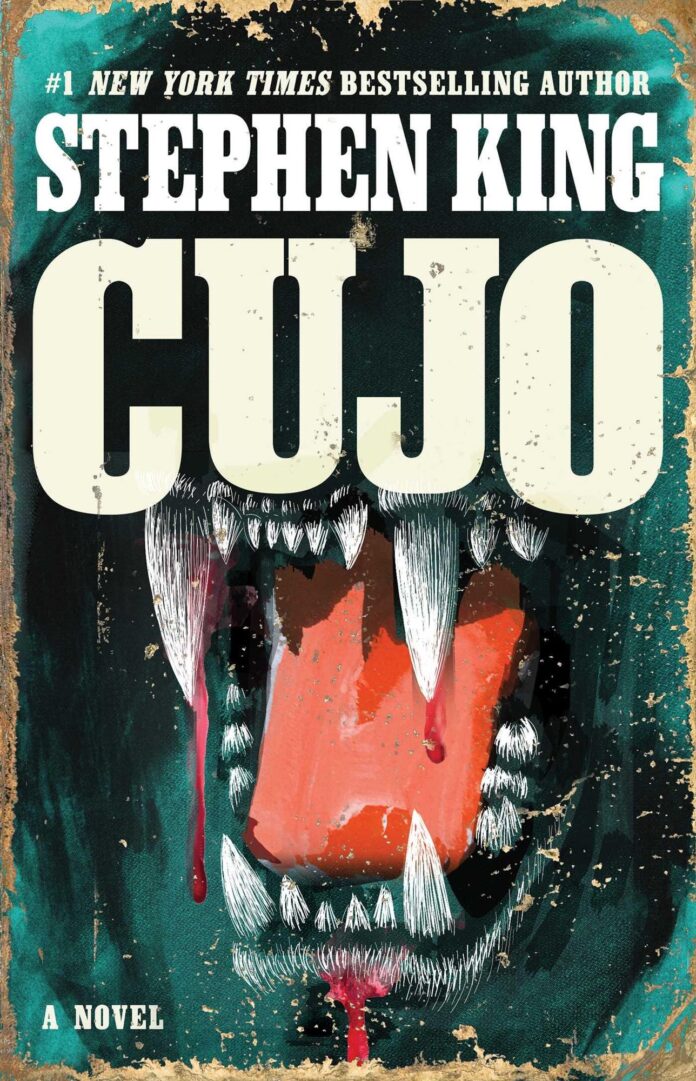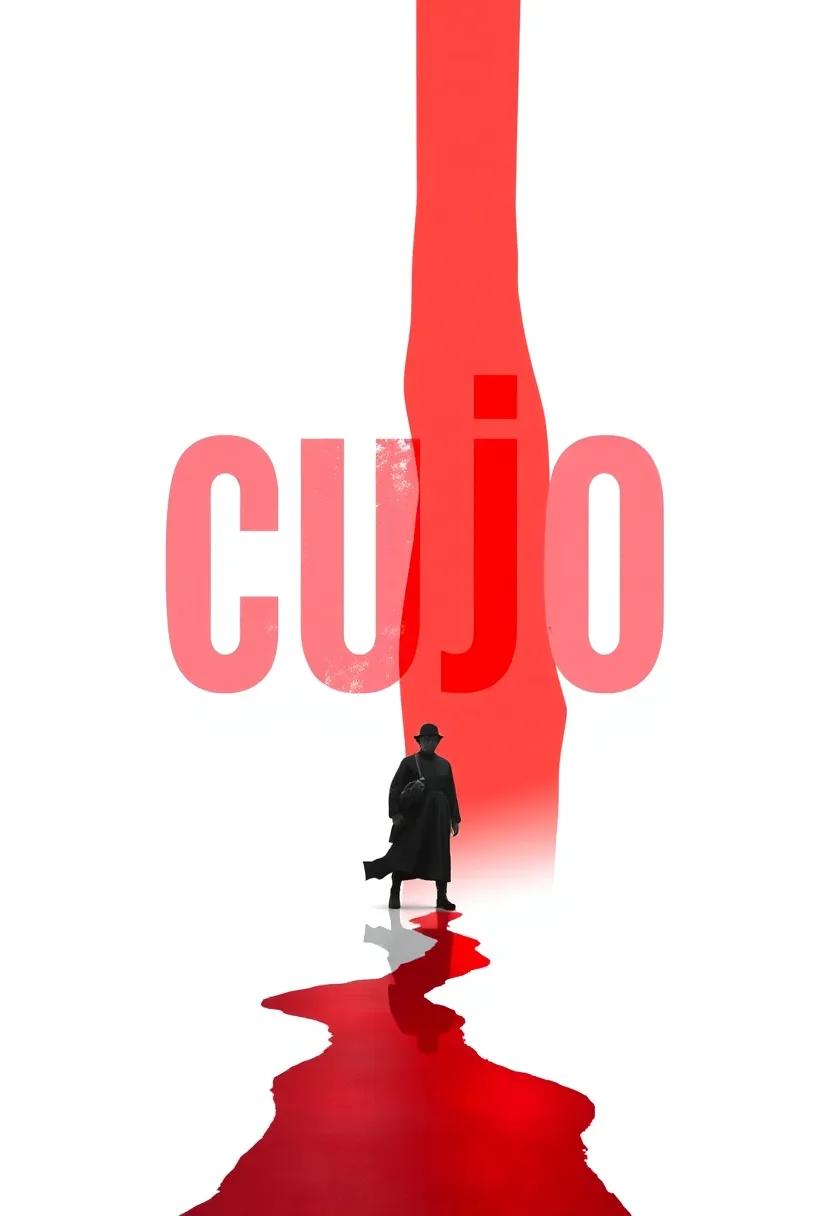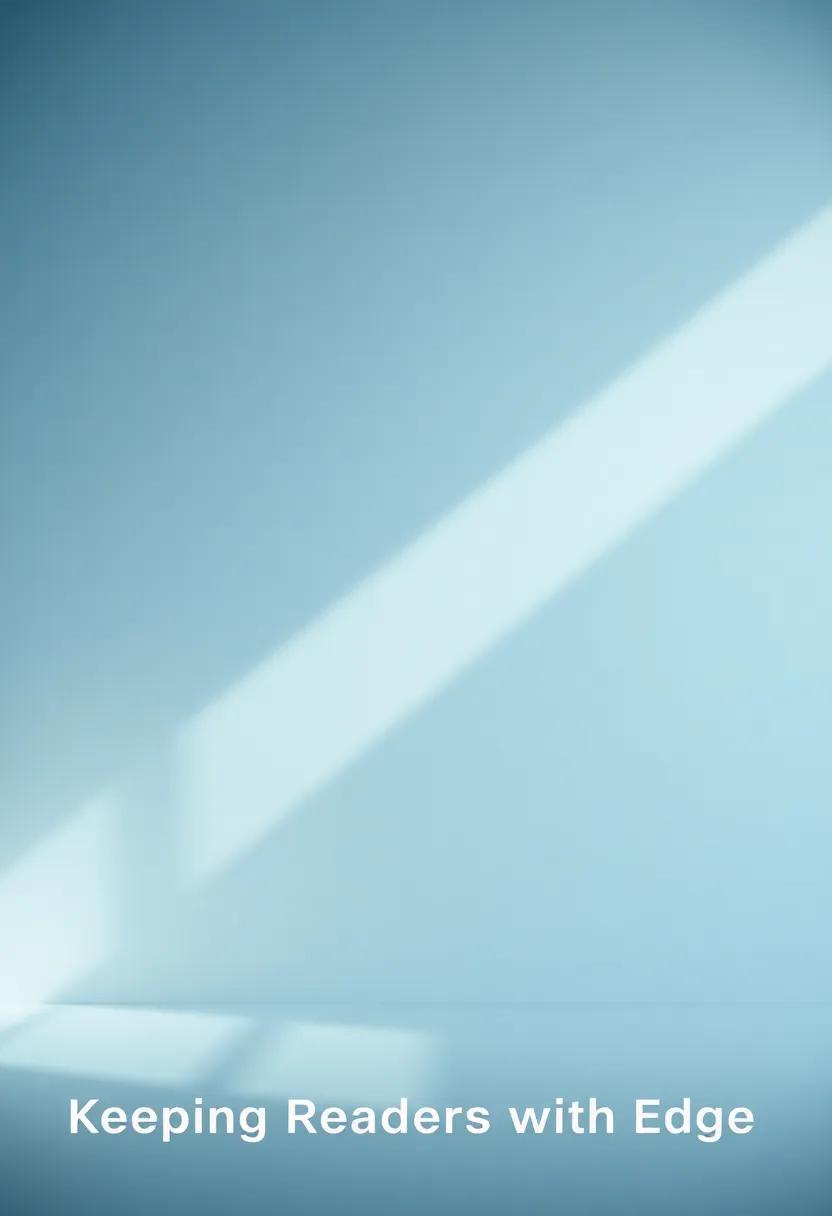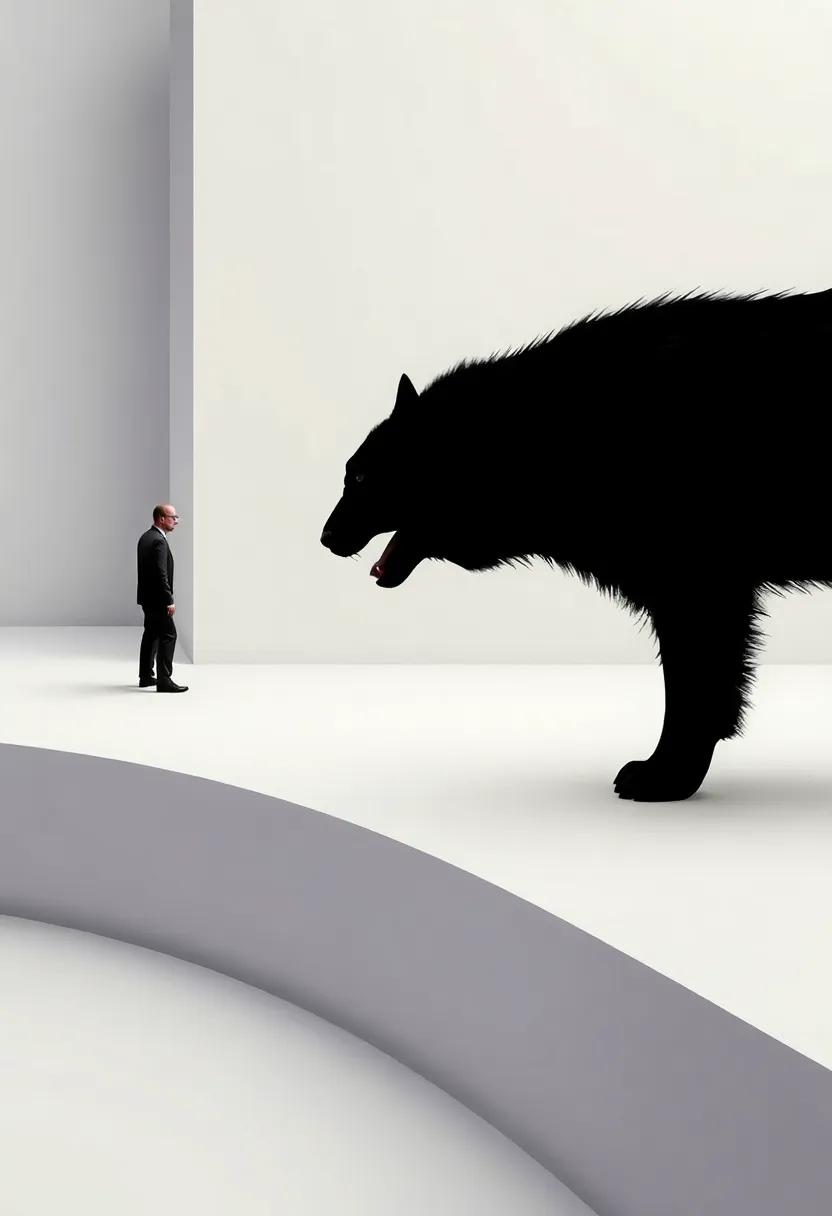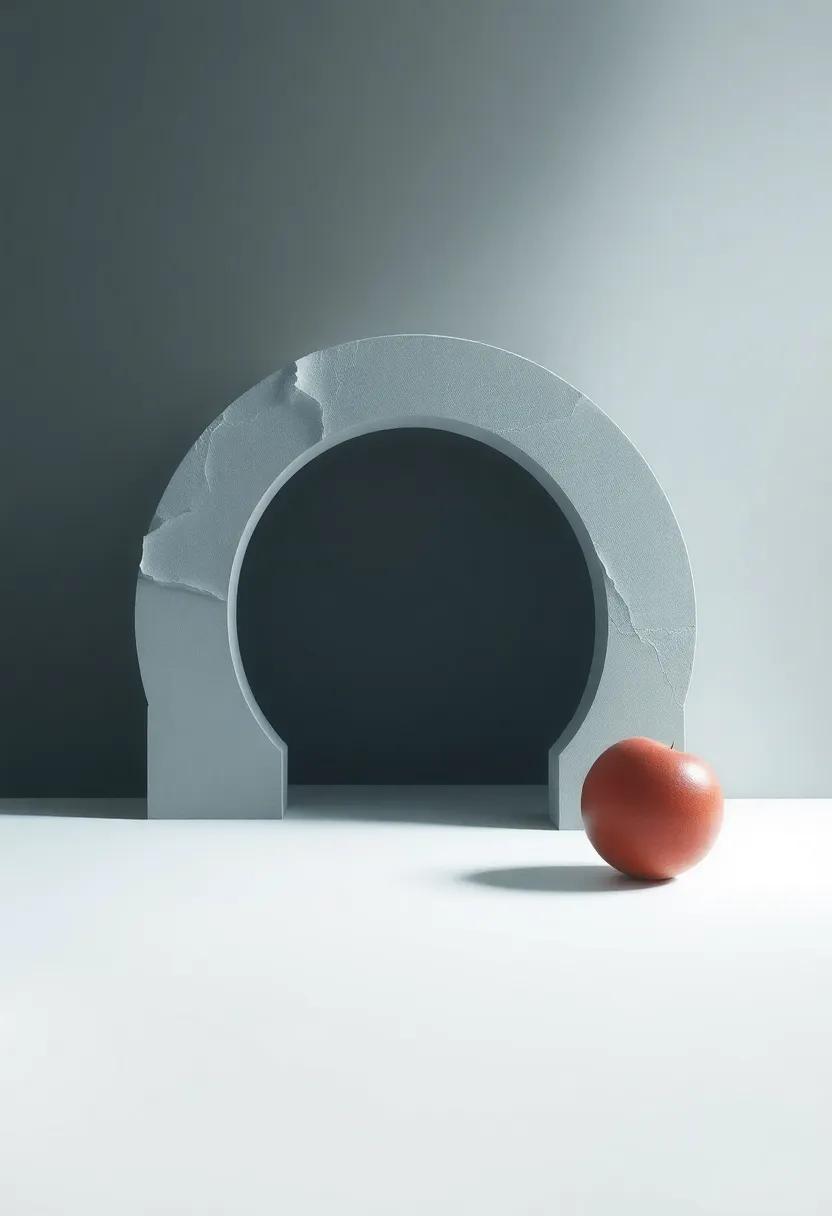In the shadowy realms of suburban tranquility, where the mundane often masks the exceptional, Stephen King’s “Cujo” emerges as a gripping narrative that explores the darker corners of both human emotion and the animal psyche. At its surface, the story revolves around a terrifying encounter with a rabid dog, but as King masterfully unravels the tale, readers are drawn into a profound examination of fear, isolation, and the fragility of sanity. Against the backdrop of an ordinary small town, the novel poses unsettling questions about the nature of evil—both within and outside the self. In this review,we will delve into how King crafts a visceral experience that not only chills the spine but also prompts deeper reflections on the untamed instincts that lie beneath the surface of everyday life.
Exploring the Depths of Fear in Cujo
Fear in Stephen King’s Cujo permeates every page, evolving from a mere sensation into a palpable presence that grips both characters and readers alike. As a rabid dog transforms from a once-beloved pet into a harbinger of terror, readers are taken on a visceral journey exploring the unpredictability of fear. The narrative deftly intertwines the mundane aspects of suburban life with the raw, unfiltered dread stemming from nature gone awry. This shift evokes a multitude of emotions, including vulnerability, helplessness, and the stark realization that safety can be an illusion. King makes us acutely aware that danger often lurks close to home, waiting for the right moment to shatter our sense of security.
King also delves into the psychological dimensions of fear, portraying characters who must confront their inner demons alongside the external threat posed by Cujo. The anxiety of circumstances beyond one’s control festers in the minds of the characters, inducing turmoil and escalating their perilous situation. In this exploration,several themes emerge:
- isolation: Characters find themselves physically and emotionally trapped,compounding their fear.
- Parenthood: The maternal instinct manifests as both a source of strength and vulnerability.
- Desperation: The fight for survival ignites primal instincts, showcasing human resilience.
The unfolding events evoke a sense of claustrophobia that extends the narrative beyond a straightforward horror tale; it becomes a profound reflection on the essence of fear itself.
character Development: From Ordinary to Extraordinary
In “Cujo,” Stephen King takes readers on a gripping journey that explores the profound transformation of ordinary individuals confronting extraordinary circumstances. The characters, initially portrayed as everyday people, are thrust into a life-and-death scenario that forces them to confront their deepest fears and hidden strengths. Thru the harrowing tale of a rabid dog,King intricately weaves the complexities of human nature,peeling back layers of social facades to reveal raw vulnerability and gritty resilience.The characters evolve, showcasing a range of emotional responses — from terror and desperation to courage and sacrifice.
Key moments reflect notable changes in character dynamics,illustrating how adversity can shape one’s identity and choices. The ordinary family at the center of this narrative embodies relatable traits that resonate with readers, yet their reactions during moments of crisis lift them from the mundane to the remarkable. This transformation occurs in various ways:
- Fear to courage: Characters face their greatest fears and make life-altering choices.
- Despair to Hope: Even in seemingly hopeless situations, a glimmer of hope can spur heroism.
- Self-Doubt to Self-Revelation: The struggle against external threats helps characters uncover their true selves.
Ultimately, the novel serves as a powerful reminder that everyone possesses an extraordinary potential within, waiting to be unveiled when ordinary life turns tumultuous. This exploration of character development not only captivates the reader’s inventiveness but also reflects a poignant truth about the human experience — that in moments of crisis, we can rise to meet challenges we never thought possible.
The Role of Setting in Building Tension
In “Cujo,” Stephen King masterfully employs the town of Castle Rock as a backdrop that amplifies the narrative’s sense of foreboding and dread. The familiar suburban landscape, typically associated with safety, transforms into a claustrophobic nightmare that leaves characters feeling trapped and vulnerable. As the story unfolds, the mundane settings, such as the mechanic shop and a seemingly innocuous family home, become hotspots of impending doom. This juxtaposition of normalcy and horror creates a palpable tension, compelling readers to question their own perceptions of safety in everyday life. Foggy roads, rusty garages, and silent streets echo the characters’ internal struggles, cultivating an atmosphere ripe for chaos and fear.
The meticulous attention to physical surroundings creates a visceral experience for readers,grounding them in the world of the characters while concurrently exacerbating their anxiety. Each scene is infused with elements that enhance isolation, such as the dense woods surrounding Castle Rock or the relentless heat of summer, which seems to suffocate the characters both physically and emotionally. Notable elements include:
- Dim lighting in crucial scenes that disorients both characters and readers.
- Encroaching wilderness that symbolizes the wild, untamed aspects of nature and instinct.
- Old structures that whisper stories of past tragedies,contributing to the building dread.
This deliberate crafting of setting does not merely serve as a backdrop; it is an active participant in the story that influences character decisions and elevates the stakes. King effectively uses the geographical and structural elements of Castle Rock to turn the landscape into a character of its own, one that is both haunting and victimizing. The interplay between characters and their environment underscores the darkness lurking beneath the surface, driving home the notion that sometimes, the greatest horrors can arise from the places we least expect.
Symbolism of the Dog: A Deeper Meaning
The dog in Cujo is not merely a creature of horror but a powerful symbol of deeper themes woven throughout the narrative. At frist glance, Cujo represents innocence twisted by circumstance, reflecting how external forces can corrupt even the most loyal companions. as a loyal St. Bernard, Cujo embodies the complexities of loyalty and trust, which are shattered as he succumbs to rabies. This tragic transformation serves as a chilling metaphor for the ways in which fear and aggression can distort our perceptions and disrupt our lives. In a broader sense, Cujo mirrors the dark side of human nature, reminding us that every loving creature has untapped potential for chaos when influenced by unchecked violence and primal instincts.
Beyond the immediate terror he invokes, Cujo signifies the fragility of human relationships and the abandoned childhood innocence that often lingers in the background of adult fears. As the story unfolds, the dog amplifies the underlying conflicts within the families portrayed, illustrating how external dangers can provoke internal strife. the stark contrast between Cujo’s former role as a beloved pet and his later ferocity highlights the unsettling realization that safety can quickly turn into peril. Through Cujo, King explores the themes of vulnerability, betrayal, and the loss of control, suggesting that the monsters we frequently enough fear are not purely external forces, but can also emerge from the familiar, pulling us into the chaos of our own lives.
| Symbolism | Meaning |
|---|---|
| Loyalty | Unconditional love twisted by fear |
| Transformation | Innocence corrupted by uncontrollable forces |
| Chaos | Danger lurking in familiar spaces |
| Fear | Unraveled human relationships |
Narrative Style: King’s Mastery of Suspense
Stephen King’s expertise in narrative technique shines throughout “Cujo,” as he expertly constructs a world filled with both familiarity and dread. The novel’s outlook shifts seamlessly between characters, allowing readers to delve into the inner thoughts and fears of each. By employing stream-of-consciousness and vivid descriptions, King invites readers to experience the characters’ escalating anxiety in real-time. The small-town setting amplifies this emotional tension, transforming an everyday scenario into a harrowing ordeal. As the story progresses, King masterfully leverages foreshadowing—both subtle and overt—to build an atmosphere thick with impending doom.
Central to the suspense in “Cujo” is King’s ability to weave ordinary life with extraordinary circumstances. He juxtaposes the mundane details of domestic life against the backdrop of an unseen monster, skillfully escalating the tension with each chapter. As characters grapple with their personal struggles,readers are left to anticipate how their choices will intersect with the looming threat of the rabid dog. Through meticulous pacing, King allows the suspense to mount to a fever pitch, leading to moments that provoke heart-pounding anxiety and emotional investment. Notably, the portrayal of Cujo himself blurs the line between predator and victim, challenging readers to question their perceptions of fear and empathy.
Themes of Isolation and Desperation
In Stephen King’s Cujo,the unfold dramatically against the backdrop of a seemingly ordinary suburban town. The protagonist’s lives intertwine as they face their own struggles, exacerbated by the intense isolation brought on by external circumstances. The once safe and familiar environment turns treacherous as characters are trapped both physically and emotionally, leading to haunting feelings of panic and hopelessness. The portrayal of isolation is palpable as families confront their deepest fears, frequently enough left to battle them alone. The chilling atmosphere illustrates how fragility can unravel when faced with unexpected threats,pushing individuals to the brink of their own limitations.
The desperate situations faced by the characters serve as a catalyst for revealing their inner turmoil. Throughout the narrative, the sense of entrapment escalates, capturing the essence of human vulnerability. Key elements that contribute to this theme include:
- Trapped Environments: Characters find themselves confined in vehicles and homes, mirroring their internal crisis.
- Unseen Dangers: The lurking presence of Cujo symbolizes the unpredictable nature of fear and its ability to isolate individuals.
- breakdown of Relationships: Desperation can lead to strained connections, as survival instincts take precedence over interpersonal bonds.
The Impact of Parental Relationships on Plot Dynamics
in “Cujo,” the intricate dynamics of parental relationships serve as a compelling backdrop that shapes the narrative’s tension and emotional depth. The contrasting relationships between the characters reveal how familial bonds can both bolster and hinder resilience in the face of tragedy. For instance, the interactions between Vic and Wendy Trenton exemplify strained marriages plagued by infidelity and interaction breakdowns, which culminate in an environment of neglect. This neglect compromises their parenting, leaving their son, Tad, vulnerable to the terrifying events that unfold. The influence of their fractured relationship underscores how the lack of a nurturing home life can contribute to a child’s sense of isolation and fear, amplifying the story’s horror elements.
Similarly, the relationship between Joe Camber and his family demonstrates a different aspect of parental influence. Joe’s inability to control his aggressive dog, Cujo, mirrors his failure to establish authority and provide a safe environment for his family. This results in devastating consequences when Cujo becomes the central threat to the characters trapped in the car. The impact of parental relationships is starkly illustrated as the characters confront not only the external monster but also their internal demons shaped by familial expectations and disappointments. The following table summarizes key parental traits and their implications within the narrative:
| Character | Parental Trait | Impact on Plot |
|---|---|---|
| Vic Trenton | Neglect | Heightened Tad’s fear and vulnerability |
| Wendy Trenton | Emotional distance | Increased tension within the family |
| Joe Camber | Lack of control | Resulted in Cujo’s transformation into a monster |
Pacing and Structure: Keeping Readers on Edge
Stephen King’s masterful pacing in cujo is an essential element that keeps readers captivated and on edge. By alternating between intense moments of suspense and quieter, character-driven scenes, King creates a dynamic rhythm that mirrors the escalating tension within the narrative. His choice of short chapters effectively contributes to this structure, allowing each segment to build in intensity, leaving readers eager for what comes next. The juxtaposition of mundane suburban life with the lurking menace of a rabid dog serves to heighten unease, as everyday situations rapidly spiral into chaos.
The architecture of the story emphasizes the feeling of entrapment that the characters experience, particularly through the use of limited settings. The shifts in perspective allow the reader to grasp the different strains faced by each character, culminating in a final convergence of their fates. Within this tension-filled journey, key moments are strategically placed, ensuring a constant pulse of danger and urgency. Understanding the stakes becomes increasingly importent, and King’s detailed character development ensures that readers are emotionally invested. This careful manipulation of pacing and structure instills a lingering sense of dread that resonates well after the final page is turned.
Comparative Analysis: Cujo and Other Works by King
Stephen King’s “Cujo” stands as a riveting exploration of fear, survival, and the complexities of human nature, uniquely contrasting with other acclaimed works by the author. While many of King’s narratives delve into the supernatural—think of the menacing specters in “The Shining” or the terrifying clowns of “It”—”Cujo” roots its horror in everyday reality. the premise revolves around a rabid dog, which transforms from a beloved pet to a monster, showcasing how an ordinary life can devolve into chaos. This shift from the fantastical to the tangible magnifies the juxtaposition of violence and empathy, offering readers a glimpse into the fragility of safety and familiarity.
moreover, “Cujo” evokes a raw emotional response, much like other character-driven novels by King. However, the psychological depth is conveyed through the stark realities of fear and helplessness rather than through the supernatural lenses often favored in King’s broader oeuvre. In particular, the themes resonate within a framework of family dynamics, tragedy, and the confrontation with mortality. Comparing “Cujo” to works such as “Misery” and “Pet Sematary,” we can observe varying degrees of psychological torment and human frailty. Below is a brief overview of these thematic elements:
| Title | Main Theme | element of Horror |
|---|---|---|
| Cujo | Fear of the Ordinary | Rabid Animal |
| Misery | Obsessive Love | Human Captivity |
| Pet Sematary | Death and Grief | Resurrected Horror |
psychological Horror vs.Supernatural elements
In Stephen King’s “Cujo,” the essence of horror emerges not solely from its titular character but from the profound psychological turmoil faced by its protagonists.Through the lens of everyday existence, King skillfully unravels the anxiety of isolation, dread, and the unpredictability of life. The tension amplifies as characters like Vic Trenton grapple with the weight of personal failures,marital strife,and impending doom,showcasing how the mind can be its own treacherous battleground. The underlying chaos in their lives is a reflection of global fears that resonate deeply within readers, transcending the supernatural to embrace the messiness of human emotions.
While the story does feature a rabid dog as a central figure of horror, it’s the intertwining of psychological elements and existential dread that truly shapes the narrative. Unlike traditional supernatural horror, this tale delves into the *fear of the unknown* and the terror of facing one’s own personal demons. Here, the beast is not just a dog but a symbol of the primal fears that lurk within us all. King effortlessly blends the ordinary with the horrific, inviting readers to ponder questions such as:
- How do our internal struggles manifest in dire situations?
- What does survival look like in the face of unavoidable terror?
- Can we trust our perception of reality when faced with despair?
imagery and Descriptive Language: A Vivid Experience
stephen King masterfully utilizes imagery and descriptive language to draw readers into the harrowing world of Cujo. His vivid portrayal of the sleepy town of Castle Rock transforms it into a character of its own, where every shadow seems to hold a secret, and the once-idyllic neighborhoods pulsate with a sinister undercurrent. King paints scenes that strike the senses, inviting readers to feel the suffocating heat of summer, smell the fear-laden air, and hear the echo of unrelenting, frantic barking. Through meticulously crafted descriptions, he delivers a psychological experience that goes beyond mere horror, delving deep into the raw emotions that accompany dread and desperation.
The canine antagonist, Cujo, emerges not just as a rabid animal but as a chilling embodiment of pure rage and suffering.King’s choice of words intensifies the visual impact, making the reader acutely aware of the dog’s transformation from a gentle giant to a relentless predator. In moments where blood and drool drench the pavement, and the once-friendly dog becomes a harbinger of doom, each paragraph feeds the imagination with haunting clarity. Through the effective use of contrast,he juxtaposes the innocence of a child’s trust against the brutal reality of survival,embedding a sense of urgency and fear that resonates long after the last page is turned.
Moral Dilemmas and Ethical Questions
In Stephen King’s “Cujo,” the devastating consequences of fear and madness prompt a profound exploration of moral dilemmas faced by the characters. The central event—a rabid dog trapping a mother and her son—raises questions about what one would do in a life-threatening situation. Not just survival instincts are tested; ethical boundaries blur as characters make swift decisions that reflect their values, fears, and desperation. as you navigate through the narrative, consider the following:
- Self-preservation vs. Responsibility: How far would you go to protect your loved ones when faced with an uncontrollable threat?
- Understanding Fear: What can be learned about the nature of fear and its influence on human behavior?
- Sympathy for the Beast: Should empathy be extended towards a rabid creature, highlighting the tragic consequences of its condition?
The book also challenges us to confront ethical questions regarding the blurring of lines between victim and perpetrator. Cujo, the dog himself, provokes reflections on innocence lost due to circumstances beyond control. The terrifying yet sympathetic portrayal of the animal reveals how quickly life can lead to moral ambiguity.This story compels us to contemplate:
| Character | Moral Dilemma |
|---|---|
| Vic Trenton | Choosing between loyalty to family and the pressure of societal expectations. |
| Donna Trenton | How to balance maternal instincts with the instinct for survival. |
| Cujo | The ethics of fear and aggression when driven by illness. |
The Ending: A Reflection on Human Struggle
The climax of Cujo embodies the quintessential elements of human struggle—fear, desperation, and the will to survive against insurmountable odds. As the characters face an insidious threat, their inner conflicts manifest in a profound way.One can observe how the characters’ choices reflect their humanity, showcasing the tendency to grapple with both personal fears and external dangers. The story reveals that often the real monsters are not just the tangible beasts caught in a series of relentless circumstances, but also the personal demons that accompany them on their harrowing journey.
In the final moments, the courage displayed serves as a potent reminder of resilience. The impact of looming dread is tempered by the spark of hope ignited through their fight for survival. elements that encapsulate this struggle include:
- Isolation: Characters confront their fears alone, amplifying their mental turmoil.
- Paternal Instinct: The central figures embody the protective instincts that can both empower and devastate.
- Choice vs. Fate: The balance between decisions made and the certain fate that unfolds highlights the unpredictable nature of life.
Ultimately, this narrative not only tells the story of a monstrous dog but expands into a deeper commentary on the human condition. The following table encapsulates key themes presented in the novel:
| Theme | Description |
|---|---|
| Fear | The omnipresent sense of dread experienced by the characters. |
| Survival | The lengths to which a person will go to protect loved ones. |
| Isolation | The profound solitude experienced in dire situations. |
Recommendations for Fans of Horror and thriller Genres
If you found the intense atmosphere of Cujo captivating, you might also enjoy these spine-chilling recommendations. Each of these gripping novels explores the darker corners of the human psyche and the primal fears that lurk beneath the surface. They offer a blend of psychological tension and unexpected twists that keep you at the edge of your seat:
- The Shining by Stephen King – A tale of isolation and madness that parallels the themes found in Cujo.
- Bird Box by Josh Malerman - A gripping narrative that explores the terror of the unknown.
- The Girl with All the Gifts by M.R. Carey – A unique twist on the zombie apocalypse that highlights human nature.
- Behind Closed Doors by B.A. Paris – A psychological thriller that exposes the deceptive nature of domestic life.
For those who appreciate horror blended with emotional depth, consider delving into these additional suggestions. Each offers unique perspectives on fear and survival, reminiscent of the heart-pounding scenarios presented in Cujo. Here are a few more titles that capture similar themes:
| Book Title | Author | Themes |
|---|---|---|
| The Cabin at the End of the World | Paul Tremblay | survival, Paranoia |
| The Silence | Terry McAuliffe | Isolation, Entropy |
| Misery | stephen king | Obsession, Captivity |
Concluding Remarks
“Cujo” stands as a testament to Stephen King’s mastery of horror, weaving a chilling narrative that is as much about the fragility of human existence as it is about a rabid dog terrorizing a small town. Through his vivid characterization and relentless tension,King invites readers to confront their fears—not just of the monstrous,but also of the unpredictable nature of life itself. While the book may culminate in heart-pounding terror, it also leaves us pondering deeper themes of love, loss, and the inherent unpredictability of our circumstances. For those brave enough to venture into its pages, “Cujo” offers not just a tale of survival but an exploration of what it means to be human in a world that can turn monstrous in an instant. As the last page turns, one can’t help but carry the weight of its lessons long after the final sentence.

